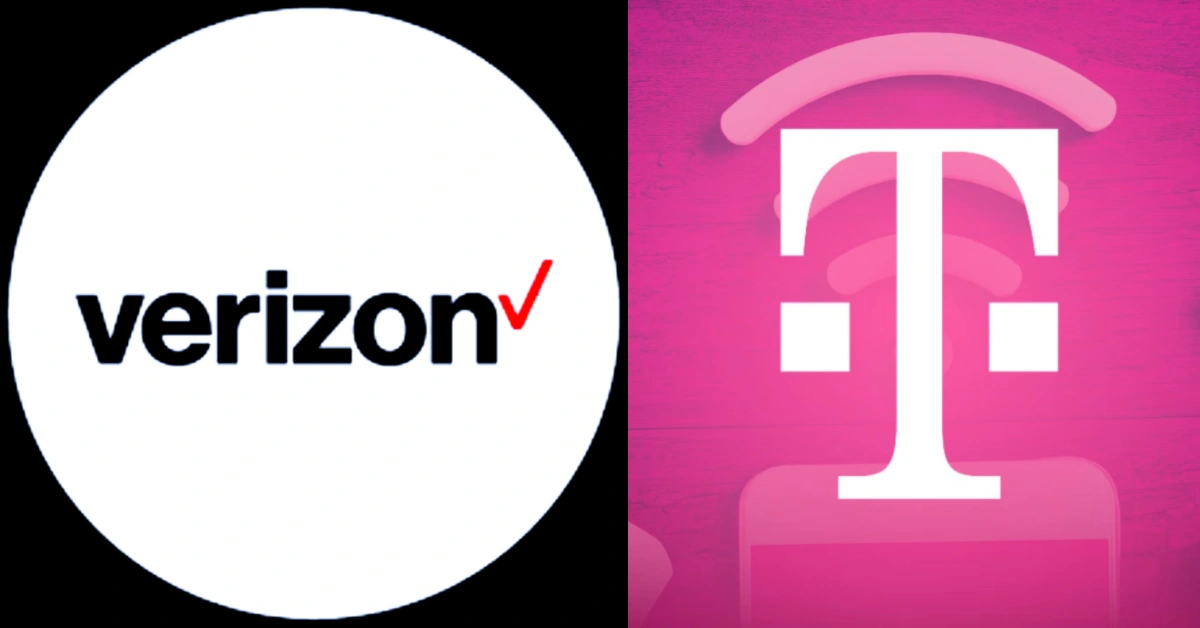T-Mobile, in collaboration with SpaceX’s Starlink, is transforming the way mobile networks operate by bringing direct satellite connectivity to smartphones—eliminating mobile dead zones without requiring additional hardware. This game-changing innovation ensures seamless connectivity, even in remote areas, rural landscapes, and disaster-stricken zones where traditional cell towers cannot reach.
The beta program for T-Mobile Starlink initially launched for T-Mobile customers, but the company has now expanded access to AT&T and Verizon users. This marks a significant milestone in the race toward a future where satellite-enabled smartphones become the new standard for global communication.
Table of Contents
How T-Mobile and Starlink’s Satellite Network Works
Seamless Connection Without Additional Hardware
The T-Mobile Starlink network leverages a fleet of specially-configured low Earth orbit (LEO) satellites. These satellites orbit over 200 miles above the Earth at speeds exceeding 17,000 miles per hour, delivering cellular signals where terrestrial towers are ineffective.
Unlike traditional satellite phones, which require specialized hardware, T-Mobile Starlink works with existing smartphones—as long as they meet the minimum compatibility requirements. When a phone moves out of range of a cell tower, it automatically switches to Starlink’s satellite network, ensuring uninterrupted messaging and, eventually, calls and data.
Current Features and Future Enhancements
At launch, T-Mobile Starlink supports:
- Text messaging (including group texts and reactions)
- Wireless Emergency Alerts (WEAs) for disaster notifications
Planned expansions will introduce:
- Picture messaging (MMS)
- Voice calls
- Mobile data services
According to T-Mobile CEO Mike Sievert, this collaboration represents a breakthrough in wireless technology. He stated:
“T-Mobile Starlink is the first and only space-based mobile network in the U.S. that automatically connects to your phone, so you can stay connected even where no cellular network reaches. We’re still in the early days, but we’re officially putting ‘no bars’ on notice. Dead zones, your days are numbered.”
5 Incredible Verizon Perks Every Smartphone User Should Know – Speed, Coverage & Savings
Verizon Partners with ForgiveCo to Erase $10M in Debt for North Carolina Hurricane Victims
Who Can Access T-Mobile Starlink?
Device Compatibility
Most smartphones released in the last four years are expected to be compatible with the service. A formal list of supported devices will be released, but early compatibility includes:
- iPhone 14 and newer
- Samsung Galaxy S21 and newer
- Google Pixel devices (select models)
More models will be added over time to ensure broader adoption.
Beta Testing and Subscription Pricing
Free Beta Access Until July
T-Mobile initially invited a limited group of its own customers to join the beta. However, the program is now open to AT&T and Verizon users, allowing a wider audience to test satellite messaging before full-scale deployment.
Subscription Plans After Launch
Once the service officially launches in July 2025, pricing will be structured as follows:
- T-Mobile Go5G Next & Go5G Business Next customers: Free, included in their plan
- T-Mobile customers on other plans: $15 per month per line
- AT&T and Verizon customers: $20 per month per line
For early adopters, T-Mobile is offering a discounted rate of $10 per month per line throughout February—a 33% reduction.
AT&T and Verizon Customers: How to Join the Beta
AT&T and Verizon customers can now enroll in the beta program using their existing smartphones, provided their device supports eSIM technology. During the beta phase, satellite text messaging will be free, with the option to subscribe at $20 per month per line once the service officially launches in July.
Expanding a Global Satellite-To-Mobile Network
While T-Mobile Starlink is currently exclusive to the United States, the companies are inviting global wireless providers to join their satellite-to-mobile alliance. Several international carriers have already signed on, including:
- KDDI (Japan)
- Telstra (Australia)
- Optus (Australia)
- One NZ (New Zealand)
- Rogers (Canada)
- Salt (Switzerland)
- Entel (Chile & Peru)
- Kyivstar (Ukraine)
This international expansion signals that space-based connectivity could soon become a global standard, providing reliable communication in rural, maritime, and disaster-prone regions.
The Future of Space-Based Connectivity
T-Mobile and SpaceX have ambitious plans to extend Starlink’s capabilities beyond SMS messaging. Future updates will introduce:
- Voice calling over satellite
- Mobile data access for remote browsing and app usage
- Enhanced emergency response connectivity
With this technology, every compatible smartphone will essentially become a satellite phone, allowing users to stay connected anywhere with a clear view of the sky.
Cash App users may be eligible for a significant payout as part of a legal settlement
Massive UnitedHealth Data Breach Exposes Half of All Americans – How to Safeguard Your Information
Conclusion: The Dawn of a New Era in Mobile Networks
The expansion of T-Mobile Starlink to AT&T and Verizon customers represents a monumental shift in mobile connectivity. By leveraging low Earth orbit satellites, this initiative is breaking down barriers imposed by traditional cellular networks, ensuring that no location is left disconnected.
As the beta program progresses and full service launches in July 2025, we can expect further innovations that will redefine how we think about mobile coverage. With global partnerships forming and future updates in the pipeline, satellite-to-mobile connectivity is set to revolutionize the telecom industry, making communication truly borderless.
For now, early adopters have a unique opportunity to experience the future of mobile connectivity firsthand—without any additional hardware or complicated setup. Whether in remote landscapes, disaster zones, or rural areas, T-Mobile Starlink is paving the way for a future where dead zones become a thing of the past.










